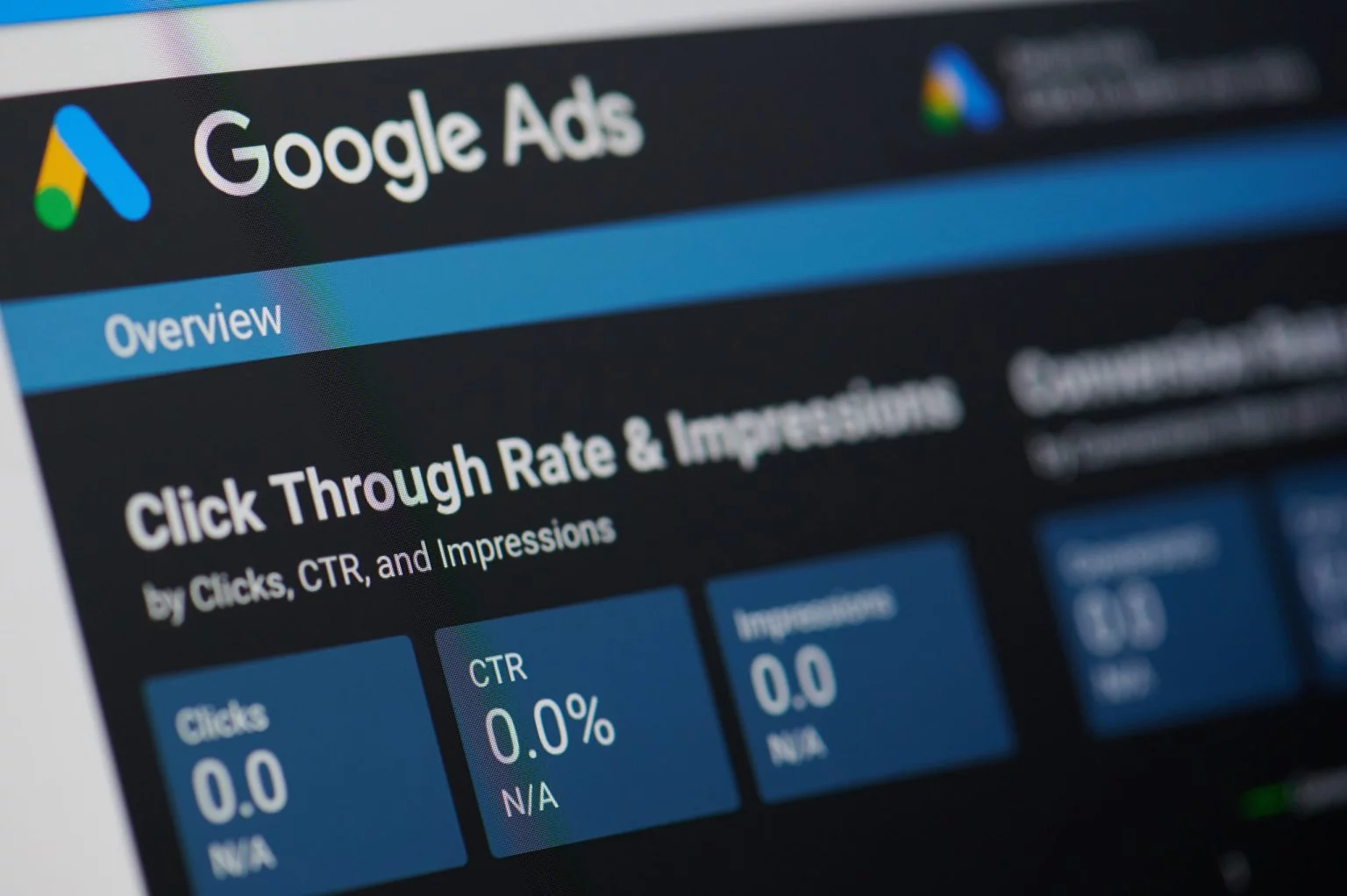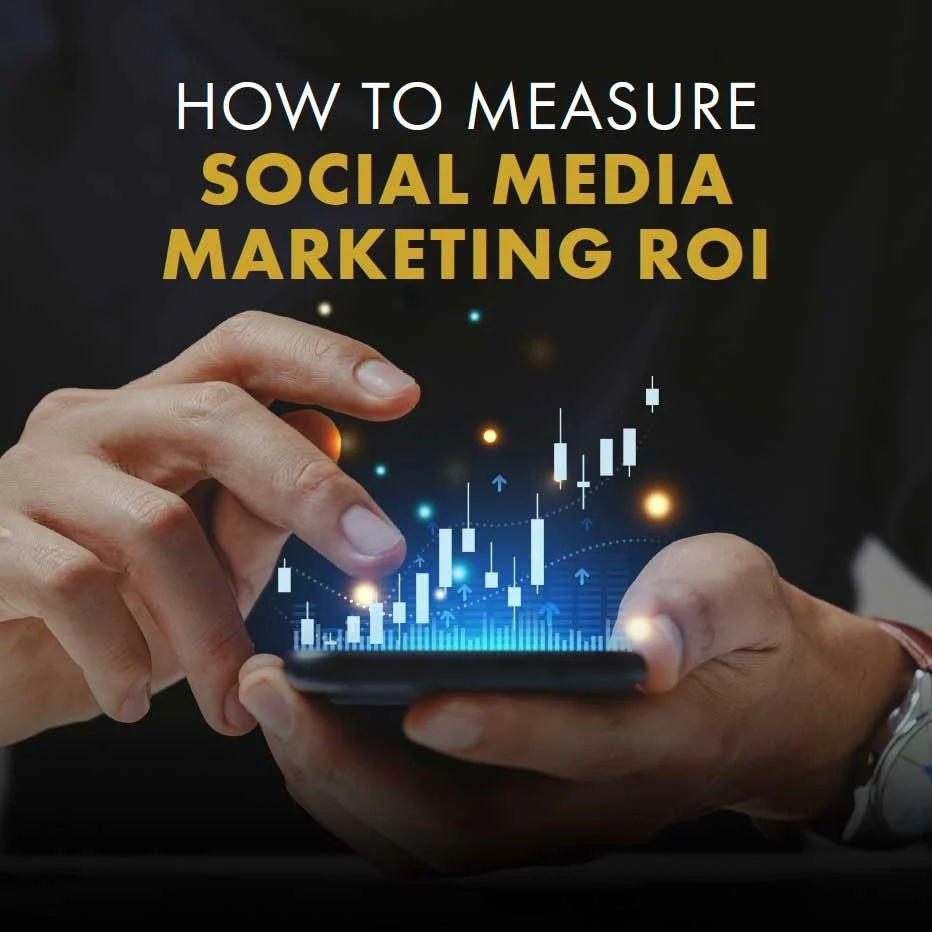Competing for business in today's world takes place in a highly competitive digital landscape. Creating and sharing media content like images, videos, blogs, white papers, and podcasts with your audience is an essential practice for attracting new customers. In fact, your business can increase brand awareness, engagements, conversions, and revenue simply by publishing new media. It's an essential tool for giving yourself a competitive advantage. However, before jumping in on your own, know that managing it correctly requires careful and consistent planning.
The process of tracking, planning, organizing, distributing, and analyzing all this media content can become confusing. Where do you begin? How do you know what to publish and when? What if it isn't generating results? How do you get more people to read it? How can it be crafted to bring in qualified leads? How often do you need to publish? These questions and more are always top-of-mind for marketers seeking to launch a content marketing campaign.
Thankfully, media planning can help you answer these questions and keep your content marketing schedule on track so that it generates the right results.
What is Media Planning?
First things first, before looking at why you need media planning, it’s important to understand what it means. Media planning is basically the process of determining how, when, where, and why your business shares media content with your audience. It is choosing what media to share and figuring out what channels will boost reach, engagement, conversions, and ROI. It is developing a media calendar so that you proactively know what, where, when, and why. A plan will let you know when you are getting results, and if you aren't...what you need to change.
Why Can’t You Wing It?
Media planning is important. Any good marketer will tell you that you should never just “wing” your marketing strategy. To do so almost certainly sets you up for failure. But, on the other hand, no one really likes having to follow a regimented schedule. But marketing requires a plan. Otherwise, you stand to lose a lot of time and money. The following are reasons why working without a plan can undermine, if not completely sabotage your chances of marketing success:
- You are less likely to reach your target. When you wing it you are in essence aiming for nothing so you are almost sure to get it— nothing that is. If you want to aim for the right people, and the right audience, you have to have a plan.
- You will waste money on the wrong things. A clear plan ensures that you are putting your efforts to good use and that every step is one towards achieving your goal. Winging it means you could be wasting resources.
- You won’t get the most bang for your buck. When you have a plan, every step you take is well-thought-out and proven. This means that you will get more results for each effort, getting more value for your investment of either time or other resources.
- You won’t know if things are working. A “wing it” marketing plan will mean you don’t know if a certain strategy is working well because you aren’t following through and looking at the data.
- You probably won’t achieve your goals because you haven’t really defined them or created a strategy to achieve them.
Benefits of Media Planning
Conversely, when compared to the “winging it” method, media planning allows you to:
- Know your target audience, allowing you to reach them effectively with media content.
- Choose the media you will use to share your content.
- Choose the timing and frequency with which you publish and share media and content.
- Stay up to date with the latest media trends and technology.
- Maintain your budget while creating, publishing, and sharing high-quality and engaging media content.
- Analyze the success of your media planning process.
- Maintain consistency and focus with your messaging across all marketing channels.
- Make smarter decisions about where and how to invest your advertising dollar.
More Specifics About Media Planning
We have looked at the overarching definition of media planning and its basic benefits, but the following will break down more specific aspects of the concept and why it’s an important strategy to have on board for your business. A media plan outlines what kind of content you will produce, where you will publish it, and how you will convert your audience to customers. It involves the following 5 specific actions:
1. Conduct Market Research
This includes creating and analyzing a buyer persona first. This will give you an idea of whom to aim your efforts at buyer-wise. Research also allows you to tailor your content and overall media plan to meet the needs of your target audience and customers.
2. Outline Your Media Planning Goals
The second step is to outline your media planning goals by aiming for effective media planning. You should always keep your long-term goal in mind. For example, collaborate across teams while creating and sharing media, optimize and streamline publication and distribution processes across all media and increase media distribution timelines to ensure relevant content is shared with your target audience.
All this while allowing enough time for media content to reach your audience and analyzing its impact is important. In other words, this isn’t the type of thing you can instantly analyze without giving the strategies enough time to work.
3. Use a Template to Create a Media Plan
It’s a good idea to use a template to organize your media plan. This would be an outline of your media strategy in document form. This will allow you to keep your team aligned, accountable and all working towards the same goal.
4. Implement Your Media Plan
The next step is to create a simple marketing plan template as part of your media plan. This will ensure that everyone and everything will be working with the same focus. With marketing, a focused plan has a significantly higher chance of generating ROI.
5. Evaluate Your Success
It’s important to measure the success of your media plan no matter how big, whether it’s a single Instagram post or a month-long, company-wide campaign. Propose the following questions to yourself and your team to properly evaluate your success:
- What was the impact of this media plan on our specific goals?
- How did our media planning strategy and tools contribute to our media creation and publication processes? If it didn’t, how can this be improved?
Bottom Line: Media Planning is Better Than “Winging it” Any Day
Creating, publishing and sharing media content are integral parts of the success of your business. This is especially true in today’s digitally based society. Your media plan streamlines cross-team collaboration and communication as well as ensures all media is shared with your audience on time. Utilize the steps listed above to create your own media planning process, allowing you to reach and convert more audience members into buyers.



.webp)
























































